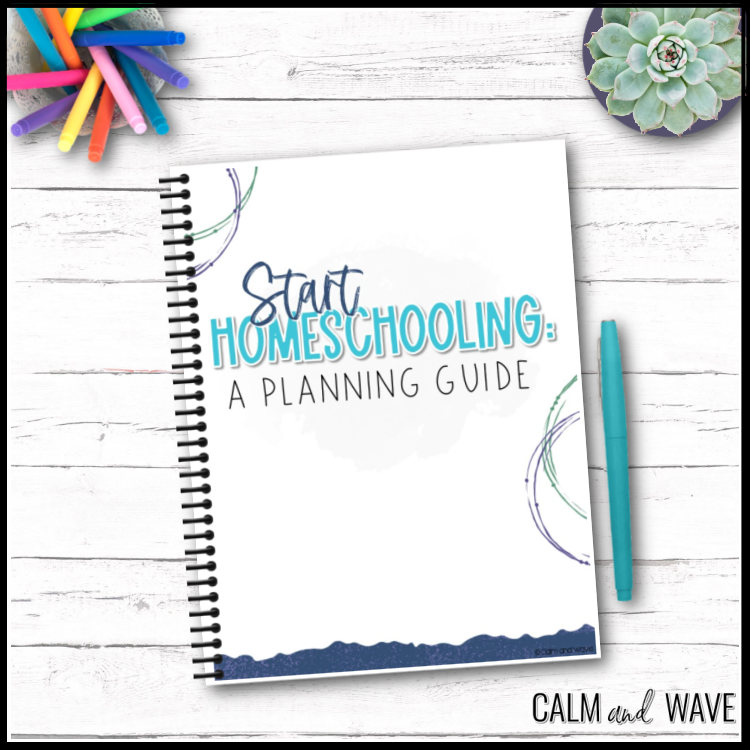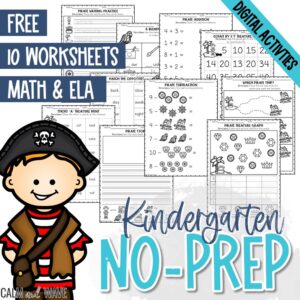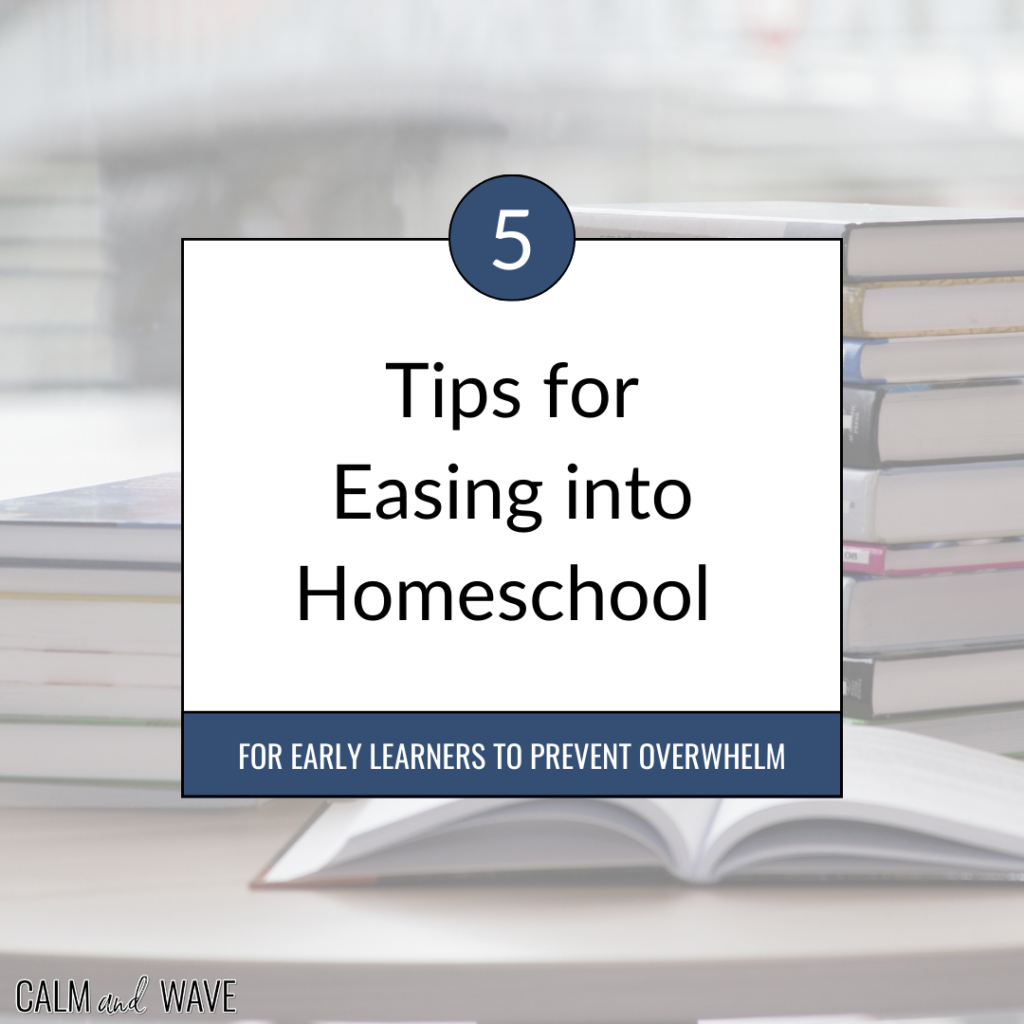
Homeschooling for early learners does not have to be hard. In fact, it can be an exciting and rewarding journey for you and your child, but with big changes, it can also seem daunting. How will everything fit in? What needs to be done each day? Creating structure without feeling overwhelmed is one of the biggest challenges. Luckily, there are simple strategies you can use to make the transition smoother for everyone involved! In this post, we'll unpack five tips to help ease into homeschooling by fostering effective organization while avoiding burnout. Let's get started!
When you homeschool your early learner, it's important to ease into the routine to prevent overwhelm. Here are 5 tips that can help make the transition smoother:
This post may contain affiliate links. This means I may earn some money should you choose to sign up for a program or make a purchase using my link. I only recommend companies or items that I love and think you will too!
1. Start with one or two subjects and add more gradually.
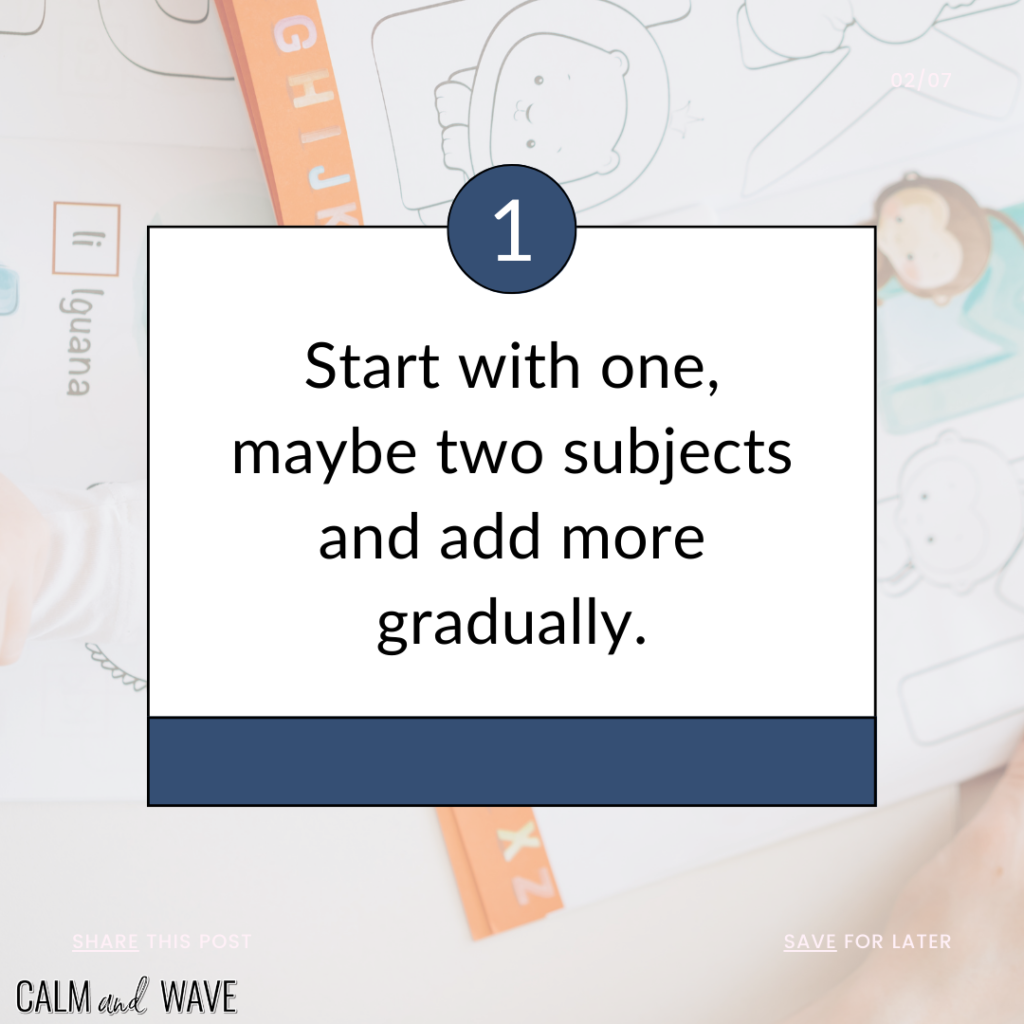
When it comes to homeschooling, it's important to remember that starting with just one or two subjects is perfectly reasonable. After all, young learners can quickly become overwhelmed if too much is expected of them too soon. Instead, focusing on foundational subjects like reading and math can provide a solid base for future learning. From there, gradually adding more subjects can help keep things manageable, allowing students to fully absorb each new topic before moving on. It's all about setting your early learners up for success and encouraging a love of learning at their own pace.
2. Let your child take breaks throughout the day, especially if they're younger.
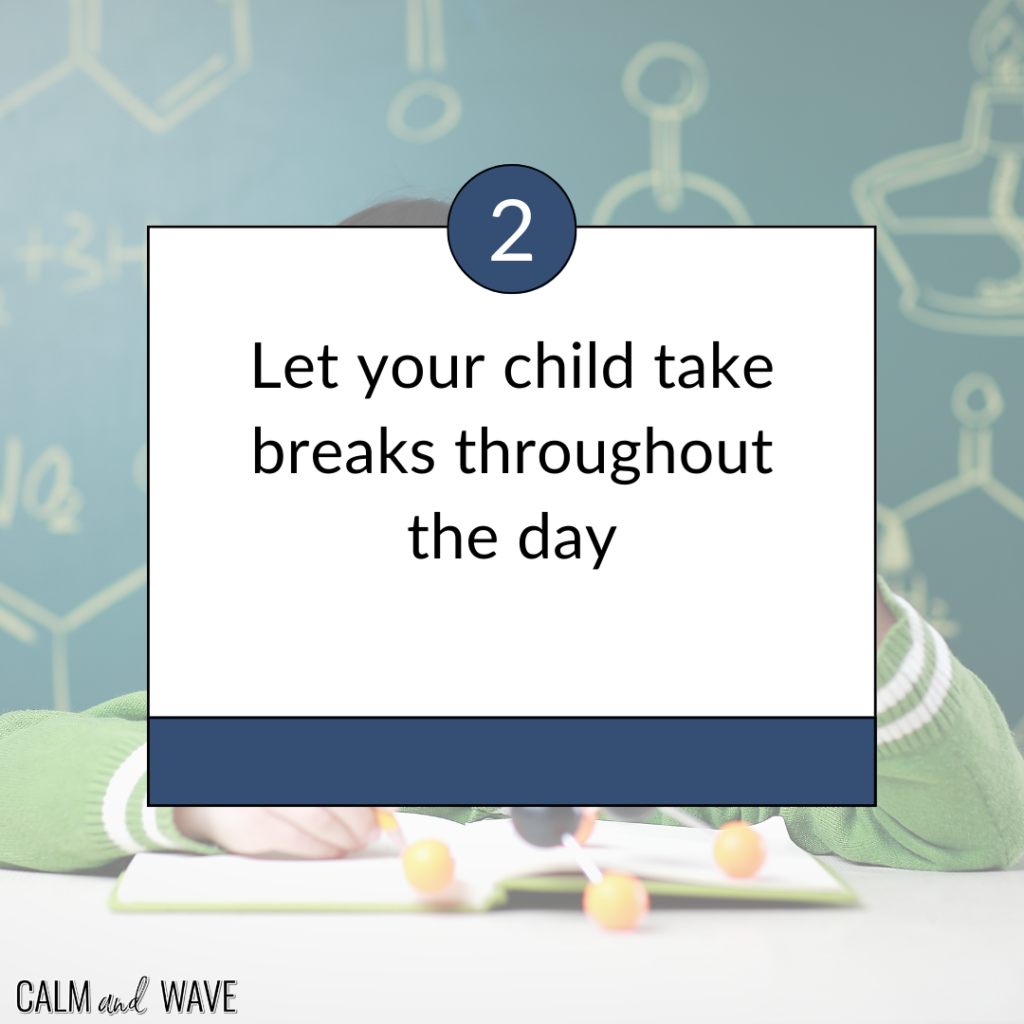
As parents venture into homeschooling for early learners, it's important to remember that a child's attention span is shorter than an adult's. It's essential to let them take breaks throughout the day to recharge their batteries and come back refreshed and ready to learn. This is especially true for younger children who need more physical activity and playtime to stay engaged and motivated. By incorporating breaks into your homeschooling schedule, you'll not only allow your child to move around and burn off some energy, but you'll also create a comfortable and nurturing learning environment that promotes your child's overall well-being. So, let your child take those well-deserved breaks throughout the day, and watch as their love for learning grows!
3. Stick to a routine as much as possible.
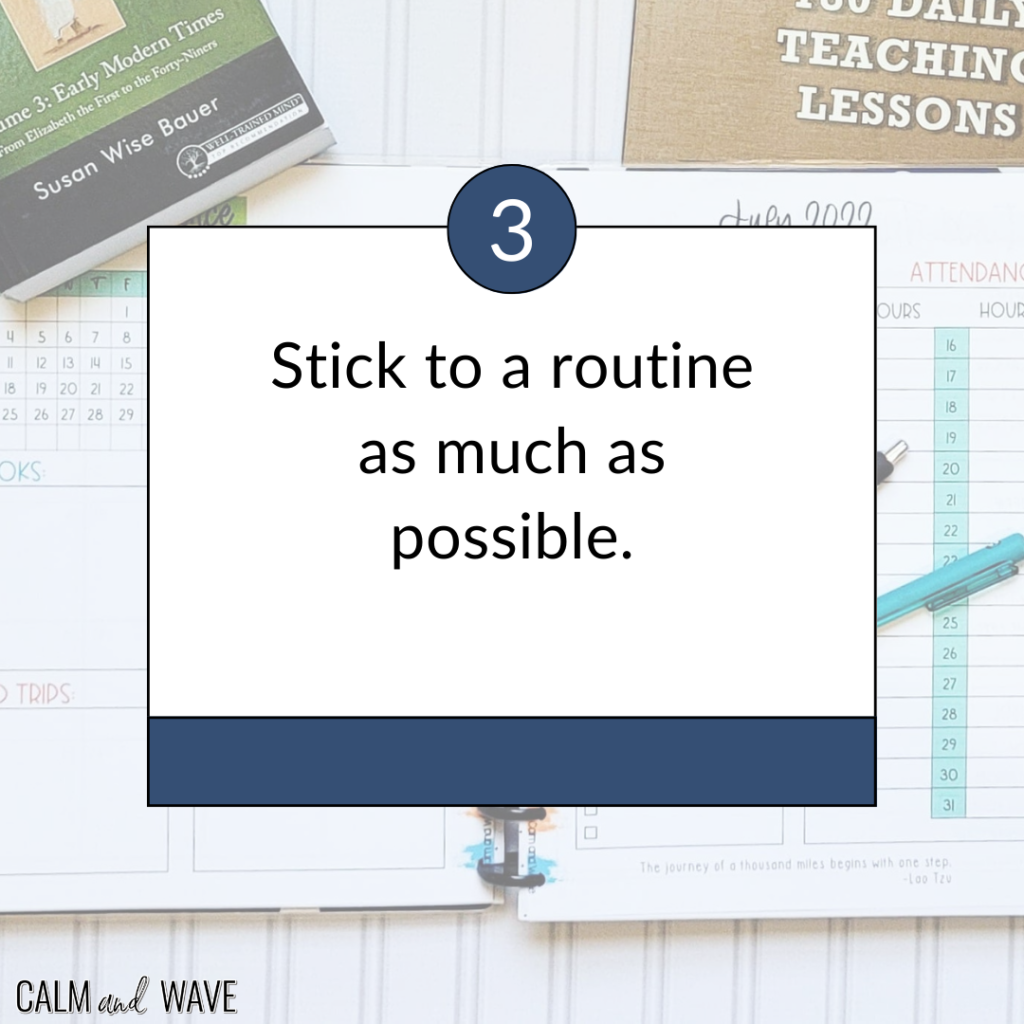
As a homeschooling parent of early learners, establishing and maintaining a routine can be challenging. But trust me when I say that the effort is worth it. A consistent routine provides structure and helps children feel secure, ultimately leading to a more successful homeschooling experience. One great way to establish a routine is by creating a daily schedule that includes time for academic lessons, physical activity, creative play, and rest. Of course, you'll want to be flexible enough to adapt your routine to your child's ever-changing needs, but the overall structure and predictability will be a game-changer. With a consistent routine, you'll see your homeschoolers thrive academically and emotionally.
4. Make learning fun!
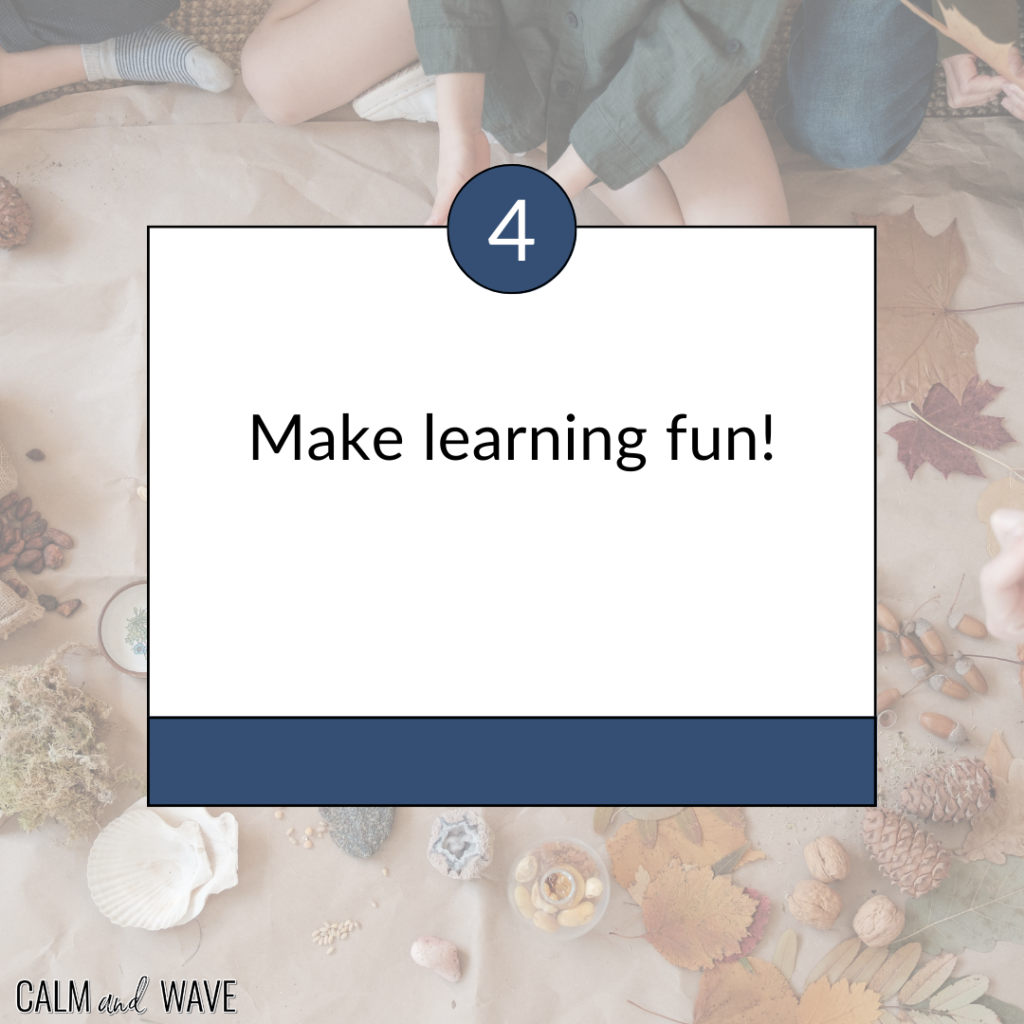
For homeschooling parents of early learners, making the learning experience fun and engaging is key to keeping your little ones excited about education. While teaching basic skills like reading and writing may seem like daunting tasks, there are plenty of ways to incorporate interactive and entertaining activities into your curriculum. From educational games and hands-on projects to reading aloud and incorporating field trips, there are countless ways to bring learning to life and make it a fun and rewarding experience for both you and your child. Pinterest can be a huge help for ideas. Follow us on Pinterest for more ideas. By getting creative with your approach, you can foster a love of learning that will stay with your child for years to come.
5. Take things at your child's pace- don't push them if they're not ready for something yet
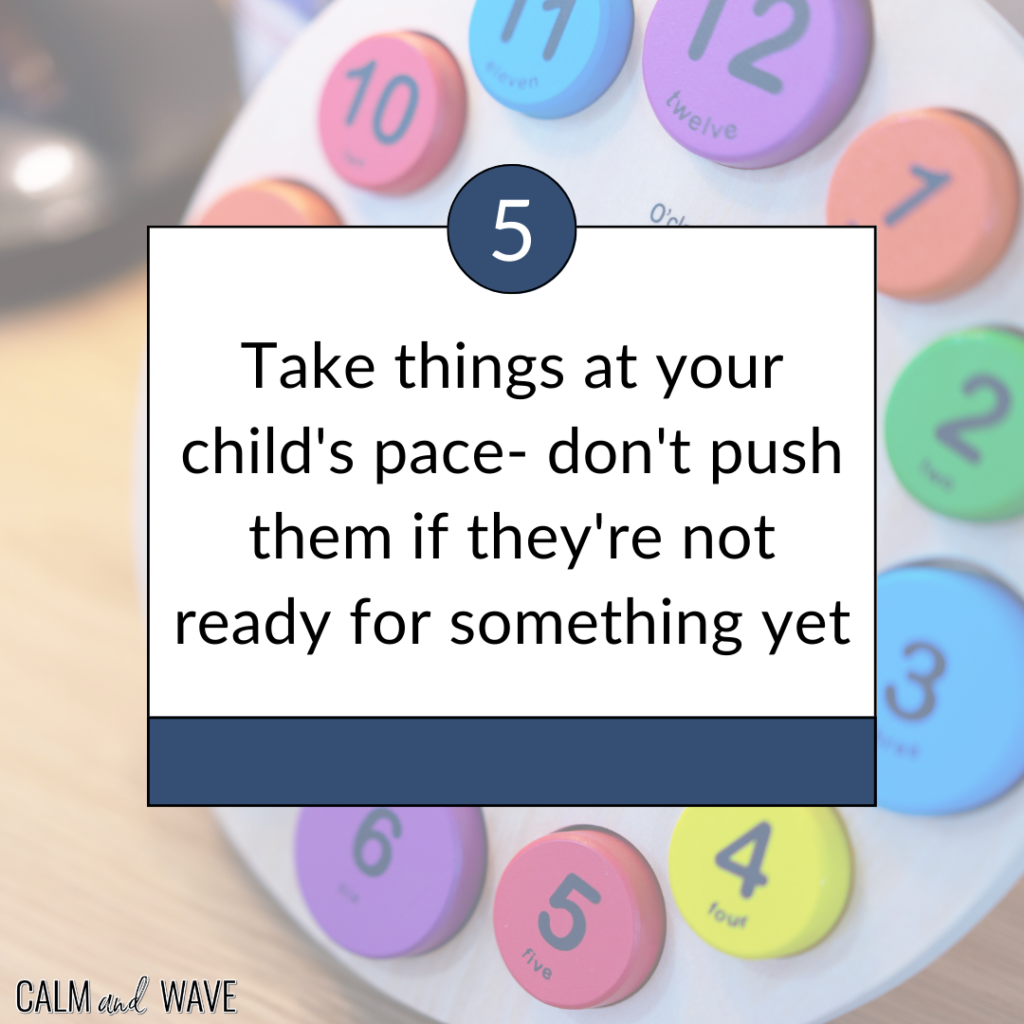
If you're beginning homeschooling your child, it can be tempting to want them to master concepts quickly to move on to the next thing. However, it's important to remember that every child learns at their own pace. Refrain from pushing them beyond what they're ready for, which can lead to frustration and even resistance towards learning. Be patient and give them the time to truly understand a concept before moving on. Trust the process and celebrate each small victory along the way. Doing so will make for a smoother homeschooling experience and foster a love for learning in your child that will last a lifetime.
Now it is time for you to take action and get started. You have the tools and the tips; now it's time to find what works best for your child. Think outside the box, have some fun, and make that routine. We're passionate about creating resources that help parents with this unique transition. So if you need extra assistance, check out our homeschool printable planner filled with daily routines, schedules, and tracking sheets. There's even room for reenvisioning the way homeschooling is done! Trust yourself, get peace of mind — and make remarkable progress with your little learner while having fun doing it!
Are you new to homeschooling? Check out our Start Homeschooling: Planning Guide for even more tips to help you on your homeschooling journey.
